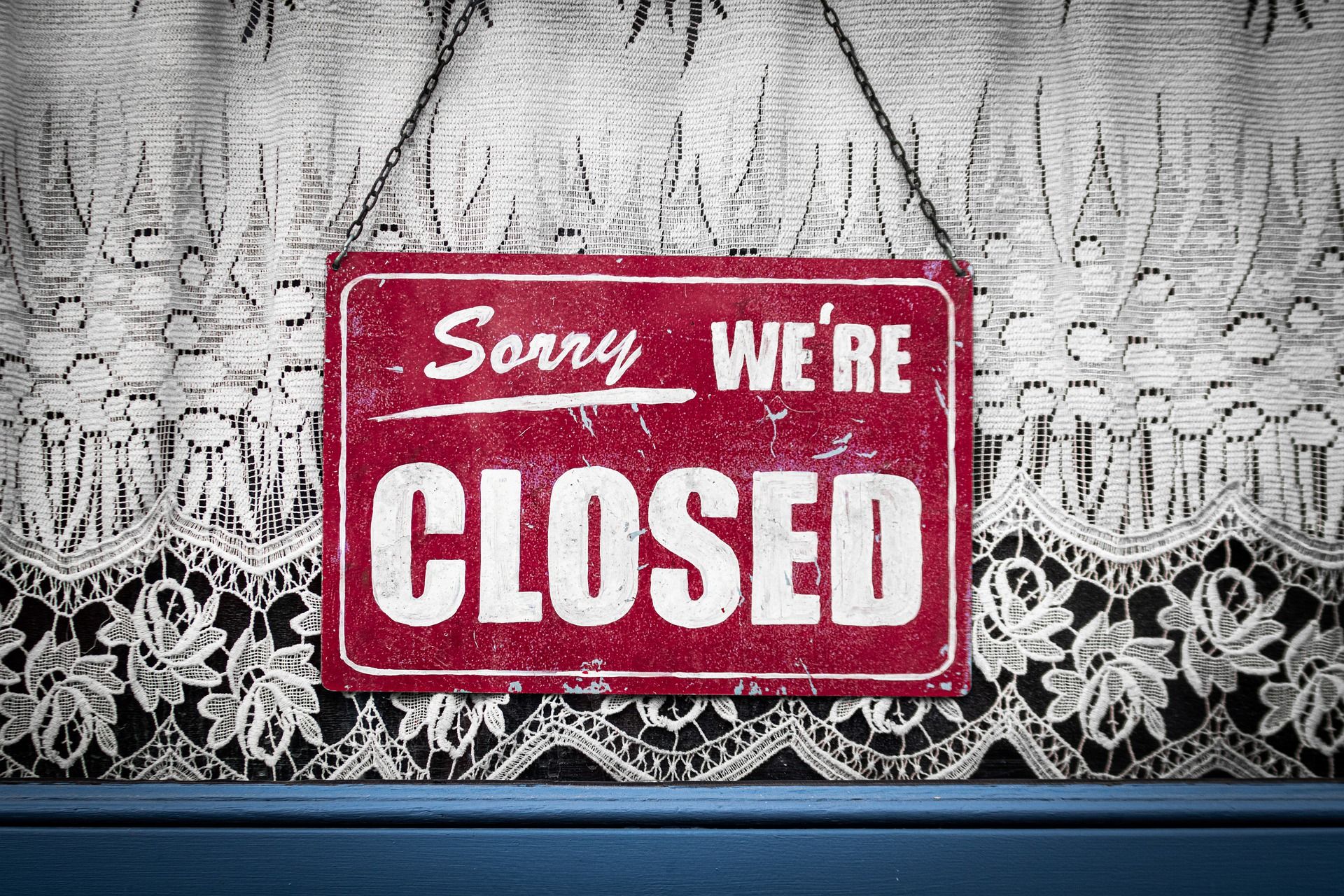Have you ever considered how much benefit comes from having access to the internet? At your fingertips is a vast expanse of knowledge and opportunities. Unfortunately, those who don’t have access, or have limited access, can struggle to acquire the same advantages.
This is known as the digital divide.
In this article, we’ll explore what the digital divide is, what causes it, and how it harms regional areas.
What Is the Digital Divide?

The digital divide is the gap between those who have access to digital technologies and those who don’t. It’s often defined by two interrelated factors: access to technology and adequate skills to use the technology.
The internet is a primary factor in the digital divide. Access to the internet provides substantial benefits and advantages and having limited or no access to the internet results in a huge disadvantage.
For instance, without direct access to the internet, people miss out on the ability to acquire knowledge and skills easily and free of charge, shop online, participate in democracy, communicate freely at a distance, or offer their skills in a range of post-internet industries.
The digital divide has been slowly closing over the last two decades. However, rural areas still lag behind urban and suburban areas, especially regarding internet use and access.
According to Pew Research, in the United States, home broadband is limited to:
- Only 72% of adults in rural communities.
- Only 46% of those with a less than high school education.
- Only 57% of those earning less than $30,000 a year.
This is partly because of the cost of infrastructure for low-population areas. Creating broadband infrastructure is far more expensive in rural areas, and its introduction is often hampered by technical challenges imposed by the landscape. Moreover, the return-on-investment for internet providers is often too small, so there’s no incentive to develop internet infrastructure.
To add to this, new infrastructure (such as the introduction of broadband internet) often spreads slowly, beginning in metro areas and gradually spreading throughout a region. As a result, lower population areas, where it costs more to introduce, often take years to catch up.
How Does the Digital Divide Affect Rural Areas?

An estimated 14 million of the nearly 55 million people who lack access to broadband in the United States are from rural areas. Of course, there are other aspects to the digital divide, such as digital literacy and owning a home PC or smartphone. But, a lack of quality internet is one of the most limiting factors, so we will focus on that.
Lack of internet access can easily marginalize people politically, socially, and economically. Moreover, these effects are easily compounded for other groups affected by lack of access, including those with low income, the elderly, marginalized communities, and the disabled.
Let’s take a look at the specific ways that the digital divide affects rural areas.
1. Lacking Access to Information and Services
With the lack of a stable internet connection, people often rely on their phone plans to access information and the services they require. The problem is that phone plans only offer a specific amount of access to the internet, which once reached disables the internet connection entirely.
For instance, in this photo essay, Joseph Mulgrave details that he is usually unable to continue looking for work by the middle of the month because he has reached his phone internet cap and has no other connection to the internet. This leaves him effectively stranded, having to spend more money, time, and effort to find nearby internet sources at low or no cost. Without the internet, he misses out on countless job opportunities that could help his situation.
To add to this, many places don’t have cell reception, and people have to rely on satellites for connectivity. And, satellite plans are generally more expensive.
2. Stifling Business

The digital divide stifles economic growth and social mobility in rural areas.
Many kinds of businesses are entirely impossible without an internet connection, meaning that people may have to move to more expensive urban or suburban areas.
Secondly, maintaining an online presence is one of the primary methods for establishing, growing, and maintaining a successful business today, which is next to impossible without a stable broadband connection.
Businesses in rural areas without broadband instead rely on self-sourcing decent internet via mobile phone plans or doing without it altogether.
3. COVID-19 and the Digital Divide
The worldwide pandemic only exacerbates the effects of the digital divide. With extensive and strict lockdowns, people are effectively isolated from their family, friends, and the broader community. Moreover, without access to the internet or digital devices to reach these people at a distance, they are even further isolated than those who do have access.
Those isolated by the digital divide will also find it harder to access pertinent information about the pandemic, including local lockdown rules, reporting on local and national cases, and accurate health advice.
Further, with telehealth initiatives picking up around the globe, those without access to adequate devices or the ability to use them are often left behind. This increases the risk for them and others when it comes to seeking medical attention.
How Can We Fix the Digital Divide?
Over the past two decades, many initiatives have attempted to narrow the digital divide and increase access to digital technology. Some of these have been successful, while others have not. So what can we do from here on to narrow the divide?
Firstly, people must have access to affordable and robust internet. As we’ve mentioned, this is a challenge, but it’s the main obstacle to eliminating the digital divide. Secondly, people affected by the digital divide need access to quality digital literacy training and tech support. Without knowing how to use it, any technology brought to a community will be useless.
Only once access to technology is universal, and the skills to use it are easily accessible will the digital divide disappear.
Digital Equality
The digital divide isn’t something that urban people often contemplate. But, the fact is that rural and disadvantaged communities are often left behind by inadequate access to and knowledge of digital technology.
Narrowing the divide won’t be easy, but it will bring greater health, prosperity, and opportunities to rural areas. With the introduction of new technologies like Elon Musks' Starlink, who knows what the future looks like.
0 Comments